What is Google Maps API – Overview, Features, and Detailed Notes
- Published on
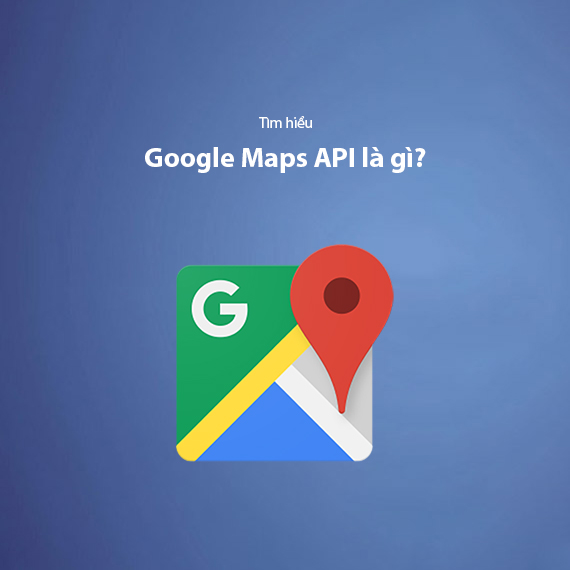
- What is Google Maps API?
- How Google Maps API Works
- Interaction Process Between Application and Google Servers
- JSON Web Token (JWT) in Authentication Process
- Popular Features and Applications of Google Maps API
- Basic Features of Google Maps API
- Advanced Features and Popular Applications
- Prominent Real-Life Applications
- Pricing and Billing Policies for Google Maps API
- Pricing and Free Usage Limit
- Detailed Pricing for Main Services
- Discounts for Mobile Application Development
- Limitations and Challenges of Using Google Maps API in Vietnam
- Google's API Block Policy in Vietnam
- Reasons Behind the Ban on Using Google Maps API in Vietnam
- Solutions to Use Google API Services in Vietnam
- Tips for Effective and Cost-Efficient Use of Google Maps API
- Minimizing Requests to Save Costs
- Optimizing API for Performance and Loading Speed
- Using Free Tools and Resources
- Conclusion
Google Maps is a popular online map tool developed by Google, allowing users to easily find directions, search for locations, and display routes with accuracy and convenience. Additionally, Google Maps provides public transportation information, supporting bus routes, trains, and various other transit options, helping users move easily in their daily lives.
What is Google Maps API?
Google Maps API is a platform that allows developers to integrate Google Maps into websites and mobile applications, leveraging Google Maps' available features to enhance the user experience. Through Google Maps API, developers can easily customize maps, add directions, mark locations, and create interactive features based on maps to serve the purpose of their applications. Integrating Google Maps API brings many benefits to businesses, helping optimize visibility and improve brand recognition effectively.
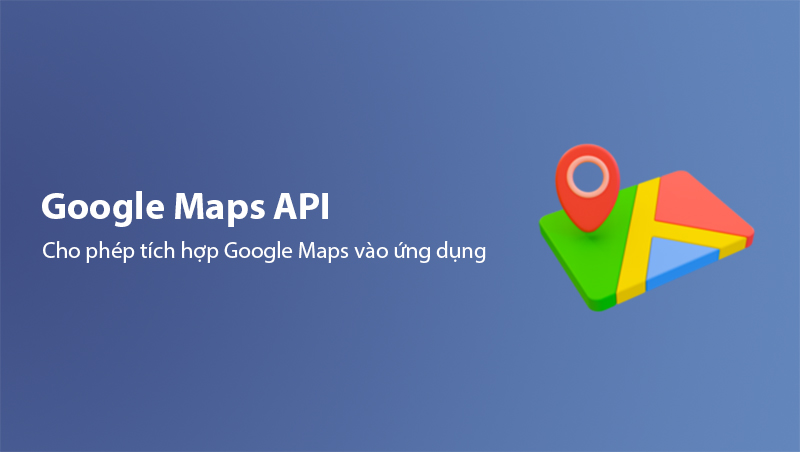
How Google Maps API Works
Interaction Process Between Application and Google Servers
To start using Google Maps API, developers need to create a Project Service on Google Cloud Console. This is the first step to connect your application with Google services. After creating the project, your application will be authenticated via OAuth through a Service Account — a special service account used by Google to authenticate applications rather than individual users. This process helps enhance security and manage access to APIs.
Once your application is authenticated, to send requests to Google Maps API, you need an Access Token. To create an Access Token, you will use JSON Web Token (JWT) — a standard for encoding information in JSON format — which contains essential information to authenticate the application.
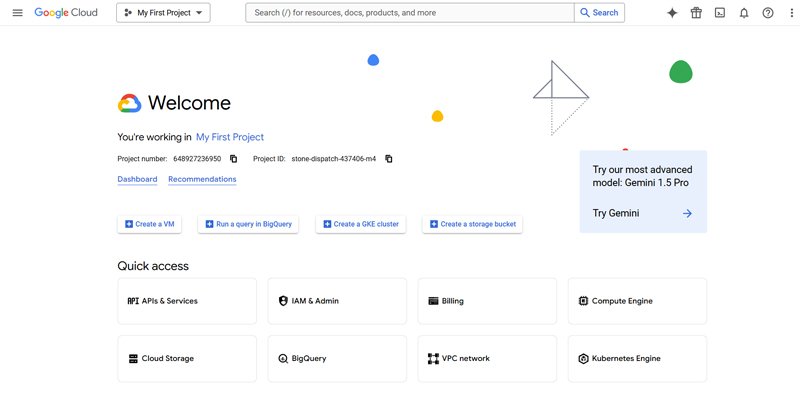
JSON Web Token (JWT) in Authentication Process
JWT consists of three main parts: header, claim set, and signature.
- Header: Defines the encoding algorithm used to sign into JWT.
- Claim set: Includes necessary authentication information, such as account email, access scope, and expiration time.
- Signature: Created based on the header and claim set, used to verify the accuracy and security of the JWT.
Note: Security is a crucial factor when creating and using JWT, so developers should ensure that the JWT creation process is done correctly to protect data and prevent security risks.
Once your request is successfully authenticated, Google will issue an Access Token valid for at least 1 hour. With this token, you can access Google Maps API services without having to re-authenticate, optimizing performance and user experience.
Popular Features and Applications of Google Maps API
Basic Features of Google Maps API
Google Maps API provides many basic features that help users easily interact and find information on maps:
- Location Search: Supports searching for popular locations such as ATMs, hospitals, restaurants, convenience stores, and more. This helps users easily access essential information right from your application.
- Directions: Provides optimized routes for each vehicle type, such as cars, motorcycles, or walking. The API can display clear routes, helping users travel quickly and safely.
- Public Transportation Support: Displays bus and train routes along with estimated travel times, helping users choose suitable public transportation options and save travel time.
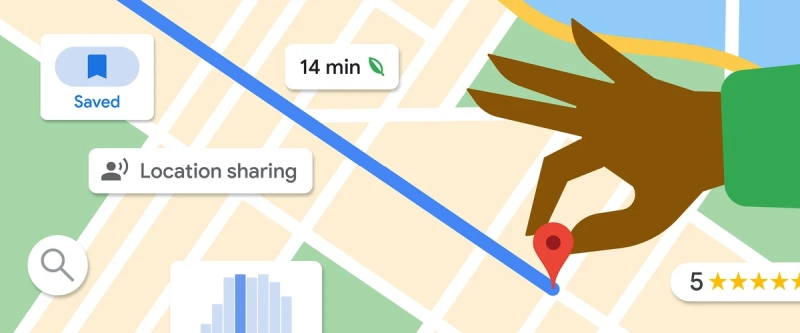
Advanced Features and Popular Applications
In addition to basic features, Google Maps API also provides many advanced options, supporting diverse usage purposes for businesses and individuals:
- Area Zoning by Demand: Developers can create specific zones, such as residential areas, industrial zones, or specific service areas. This feature is useful for resource management applications or local services.
- Real-Time Traffic Monitoring: Google Maps API provides data on vehicle traffic and real-time traffic conditions, helping users anticipate and avoid congested areas.
- Map Customization: Allows marking important locations, changing map colors, and displaying personalized information, helping businesses create maps with their own style and enhance brand recognition.
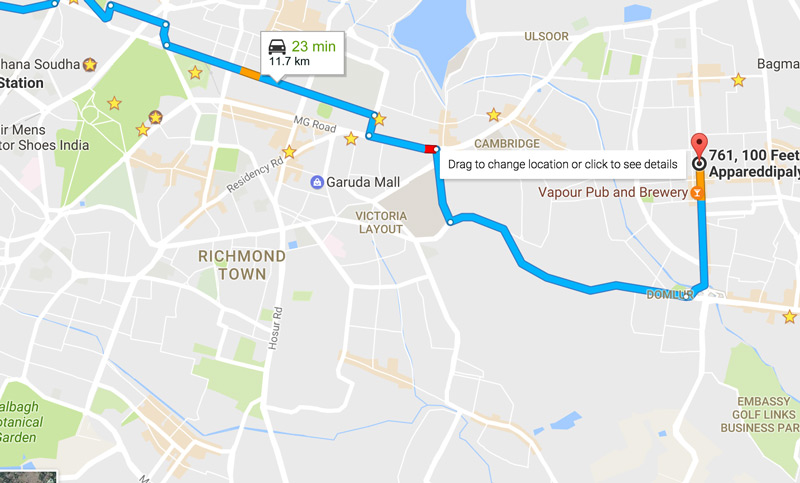
Prominent Real-Life Applications
Google Maps API is widely used across various industries:
- Ride-Hailing Applications: Applications like Grab and Gojek leverage this API to display vehicle locations and provide directions for drivers and customers.
- Delivery Services: Helps users track the location of their orders and estimate delivery times, thereby improving customer service.
- Store Location Search Applications: Retail businesses and store chains use the API to display store locations or the nearest transaction points, helping users easily find convenient locations.
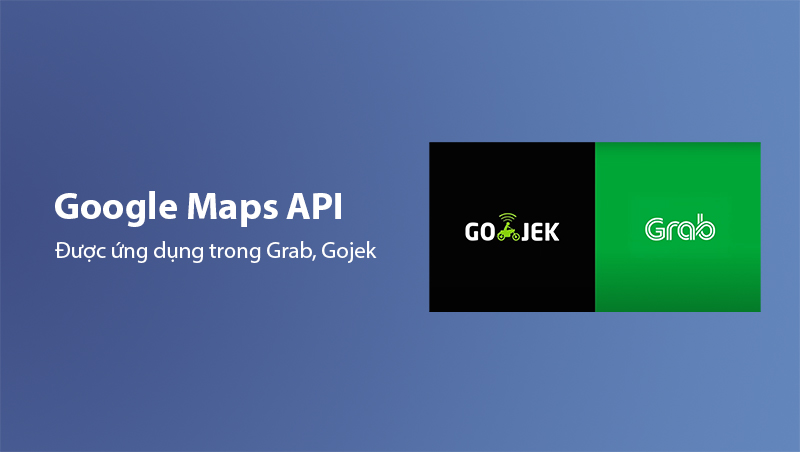
Pricing and Billing Policies for Google Maps API
Pricing and Free Usage Limit
Google Maps API currently applies a flexible billing policy, allowing new accounts to use $200/month for free. With this free limit, developers can experiment and develop small applications without incurring costs. However, when the number of requests exceeds $200/month, Google will start charging for each service provided by the API.
- Example: If your application incurs request costs of up to $190/month, you will not have to pay as it remains within the free limit. However, if the cost exceeds $200, say $210/month, you will have to pay the full amount.
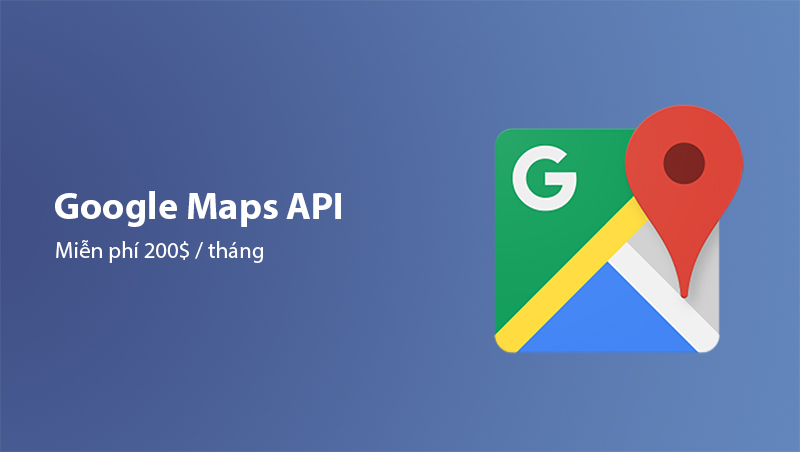
Detailed Pricing for Main Services
Google Maps API includes various services with separate charges. Below are some main services:
- Maps Services (Static Maps, Dynamic Maps): Provides static and dynamic map images for websites and applications. Costs are based on the number of requests and differ between static and dynamic maps.
- Routes Services: Provides directions and estimated travel times. The cost of Routes services is usually higher than Maps due to additional traffic data usage and optimized route calculations.
- Places Services: Allows location searches and displays detailed information about points of interest, such as stores, restaurants, and public services. This service is charged based on the number of searches or location information access.
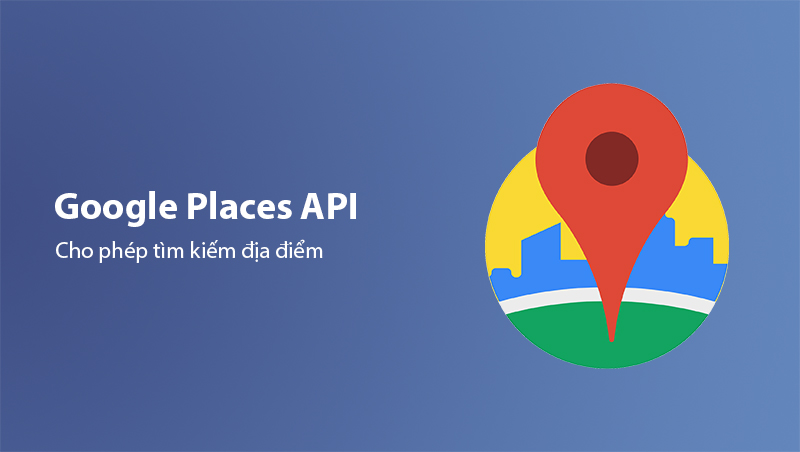
Discounts for Mobile Application Development
Google also has a special discount policy for mobile application developers. Some services of Google Maps API, such as Static Maps and Dynamic Maps, are free to encourage building and developing applications on mobile platforms. This allows developers to easily integrate maps into their applications without initial cost concerns.
Read more: If you want to know more about pricing and how to use the service, refer to the official Google Maps API Pricing documentation for up-to-date information.
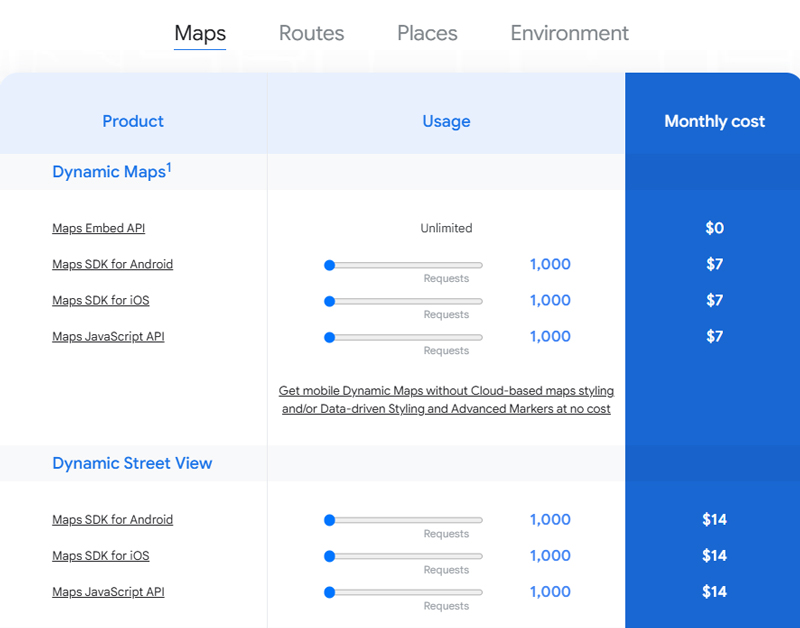
Limitations and Challenges of Using Google Maps API in Vietnam
Google's API Block Policy in Vietnam
Currently, Vietnam is on the list of countries restricted from using Google Maps API. According to some announcements from Google, users in Vietnam may face difficulties accessing and using Google Maps API services due to Google’s control and restrictions on certain countries. This affects businesses and developers who need to integrate Google maps into their applications.
Reasons Behind the Ban on Using Google Maps API in Vietnam
The reason for this restriction may stem from legal factors or Google's policy on complying with data and privacy regulations in certain countries. Google controls billing accounts and linked countries to ensure API usage complies with local and international regulations.
Solutions to Use Google API Services in Vietnam
To continue using Google Maps API in Vietnam, users need to set up a new Billing Account with a bank account from countries not on the restricted list. Below are some feasible solutions:
- Use an International Billing Account: You can link your account to an international payment method from unrestricted countries.
- Bank Account Notes: When setting up the account, ensure your bank account is outside restricted countries and meets Google’s international payment requirements.
Note: If unsure about setting up an international Billing Account, you can learn more in Google’s support section or refer to how to set up a Google Cloud account for guidance.
Tips for Effective and Cost-Efficient Use of Google Maps API
Minimizing Requests to Save Costs
Reducing the number of requests is an essential factor to optimize costs when using Google Maps API. By optimizing source code and managing requests smartly, you can reduce the load on applications and save considerable costs:
- Limit unnecessary requests: Send requests only when users actually need information from the map, such as displaying the map only upon user request.
- Use caching: Store unchanged requests for a certain period. For instance, if users frequently access a specific location, you can save the result to avoid repeatedly sending new requests.
Optimizing API for Performance and Loading Speed
Optimizing performance is crucial to improve user experience and reduce application loading time. Here are some useful techniques:
- Lazy-loading technique: Load the map only when it’s requested or appears in the user's viewport. This helps improve page load speed and reduces unnecessary request costs.
- Utilize Maps API features: Use features like marker clustering to reduce the number of displayed points on the map and improve display performance.

Using Free Tools and Resources
Google Cloud provides numerous free resources and tools for developers, which can help reduce costs and optimize the application development process:
- Free resources from Google Cloud: Use free limits and analytical tools from Google Cloud to track costs and optimize Maps API usage efficiency.
- Take advantage of beta features: Beta features are often free or have lower costs, allowing you to experiment and evaluate effectiveness before full deployment.
Read more: To learn more about tips for cost-effective API usage, check out the article on cost optimization for Google Cloud API.
Conclusion
Google Maps API is a powerful tool that enables businesses and developers to integrate online maps into their applications and websites, enhancing user experience and increasing brand recognition. With flexible features ranging from location search, directions, to map customization, Google Maps API has become a leading solution across industries such as transportation, e-commerce, and public services.
However, using Google Maps API also requires cost considerations, especially for high-demand applications. Businesses should carefully review Google Maps API’s pricing and free limits and apply cost and performance optimization tips to ensure efficient operation.
Advice: Before implementing Google Maps API, evaluate the actual needs of your application and explore integration options that best suit your budget and requirements. This not only helps minimize costs but also ensures sustainability and long-term efficiency in using Google Maps API.
Latest Posts

Lesson 26. How to Use break, continue, and return in Java | Learn Java Basics
A guide on how to use break, continue, and return statements in Java to control loops and program execution flow effectively.

Lesson 25. The do-while Loop in Java | Learn Basic Java
A detailed guide on the do-while loop in Java, including syntax, usage, examples, and comparison with the while loop.

Lesson 24. How to Convert Decimal to Binary in Java | Learn Basic Java
A guide on how to convert numbers from the decimal system to the binary system in Java using different methods, with illustrative examples.

Lesson 23. How to Use the While Loop in Java | Learn Java Basics
Learn how to use the while loop in Java with syntax, real-world examples, and practical applications in Java programming.
Related Posts
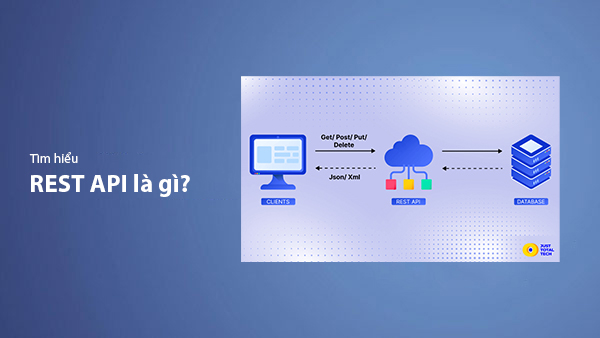
What is REST API? Complete A-Z Knowledge About REST API
REST API is one of the essential concepts that every backend developer needs to fully understand. This article provides comprehensive knowledge about REST API, including its definition, principles of operation, and how to build a standard RESTful API.
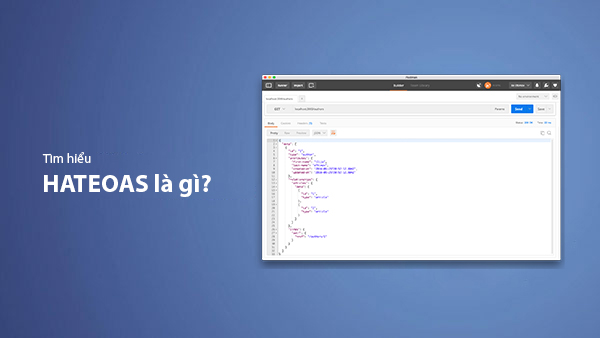
What is HATEOAS? How to Build APIs Using HATEOAS
Learn about HATEOAS, an important concept in API development, and how to build APIs using HATEOAS to improve interactivity and scalability.

What Is GraphQL? The Advantages of GraphQL Over REST API
Explore GraphQL, a modern API technology, and why it outperforms REST API in many web development scenarios.
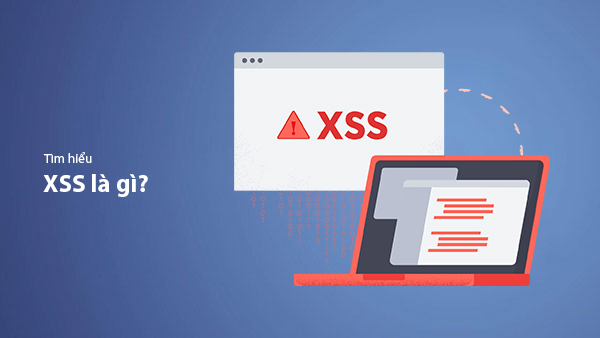
What is XSS? Signs of Detection and Effective Prevention Methods
Learn about XSS, signs of detection, and effective prevention methods for XSS attacks in websites.

